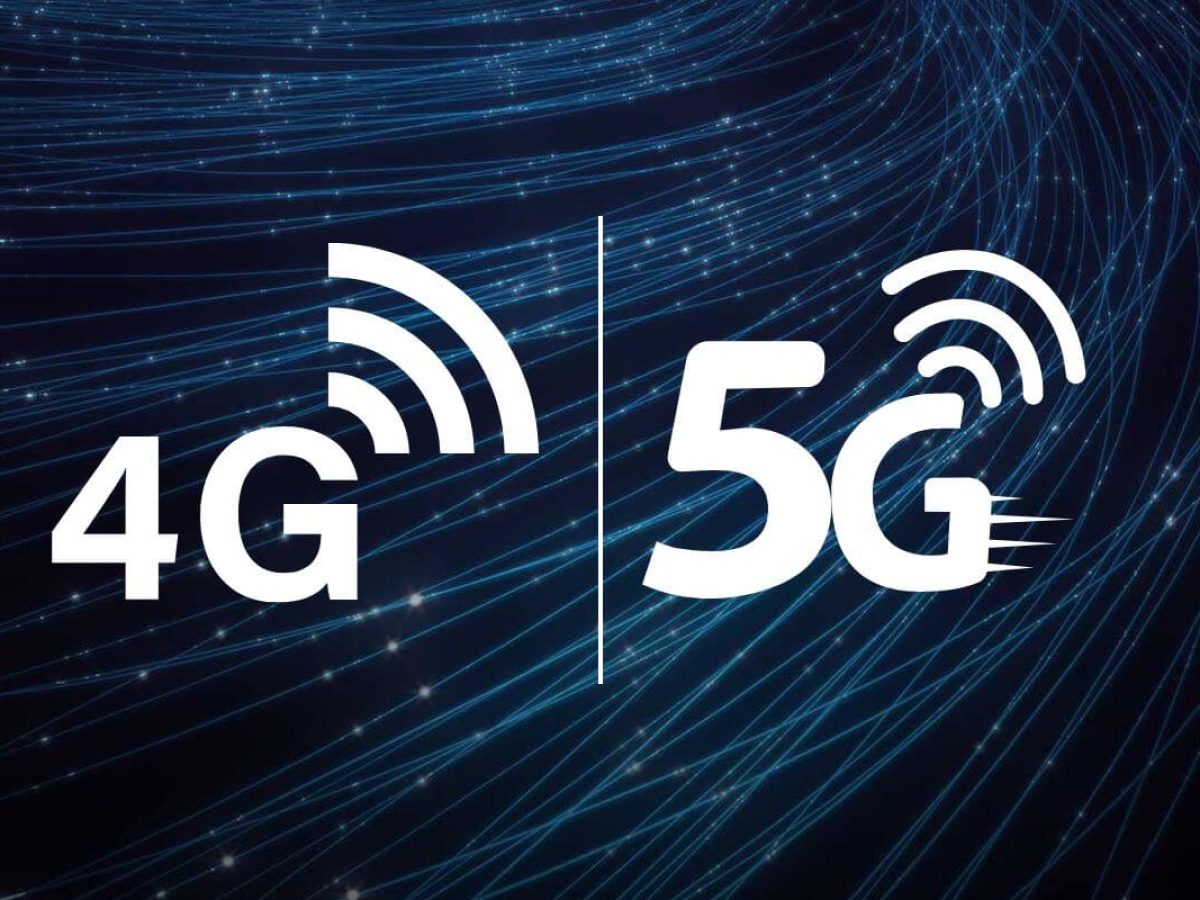5G is the fifth generation of mobile networks, the successor to 4 G. It is a wireless connectivity technology designed to offer greater speed, lower latency, and greater connection capacity than previous generations.

What is 5G?
5G is the fifth generation of mobile networks. It’s the technology that allows mobile phones, computers, smartwatches, and other devices to connect to the internet much faster, more reliably, and more efficiently than with previous generations, like 4 G. “5G” stands for “fifth generation.”
It is the evolution of mobile networks: 1G → 2G → 3G → 4G → 5G
What is 5G used for?
5G allows us to connect to the internet much faster, more stable, and efficient than previous generations (such as 4G ), and enables the development of new technologies that were not possible before.
Improve mobile internet speed and stability.ty
- Ultra-fast downloads.
- Uninterrupted 4K streaming
- Uninterrupted video calls.
- Online video games without lag.
Connect more devices at the same time
- It works well even in crowded places (concerts, stadiums, etc.).
- It enables the Internet of Things ( IoT): attaches, cameras, appliances, and more, connected simultaneously.
Enable new technologies and advanced applications
- Autonomous vehicles: real-time communication between cars and with road infrastructure.
- In remote surgeries, doctors operate through connected robots with great precision.
- Smart cities: traffic lights, street lighting, and sensors coordinated to improve traffic, safety, and services.
- Augmented and virtual reality ( metaverse ) with more seamless experiences.
Want to know what artificial intelligence means? Don’t miss the following article from UnComo on ” What is artificial intelligence and examples “.
How does 5G work?
5G transmits data wirelessly, just like 3G and G, but with more advanced technologies that make it faster, more efficient, and with less latency. Its main operating characteristics are:
Use of different radio frequencies
5G transmits data using radio waves, just like 4G, but it can use:
- Low frequencies: like those of 4G, for wide coverage.
- Medium frequencies, higher speed, and good coverage.
- High frequencies (millimeter waves): allow extreme speeds, although they have a shorter range and penetrate obstacles less well.
Small cells
Since high-frequency 5G waves do not travel very far or penetrate obstacles well, many small antennas are installed on poles, buildings, traffic lights, etc., to provide good coverage for cities.
Massive MIMO (Multiple Input Multiple Output) technology
Massive MIMO (Multiple Input Multiple Output) technology allows a single 5G antenna to communicate with many devices simultaneously, using multiple channels. For example, 5G antennas in Spain are typically found in large cities and their surrounding areas. This allows for expanding coverage.
Ultra-low latency
The time between sending a signal and receiving a response is reduced to 1 millisecon, allowing for real-time actions.
What are the advantages and disadvantages of 5G?
5G is a powerful technology, but not perfect. 5G has many advantages over previous generations,e 4G.4 G. Advantages benefit both individual users and businesses, governments, and industries.
Advantages of 5G
We found:
- Superior speedata downloads and uploads up to 10-20 times faster than with 4 G.
- Low latency means an almost instantaneous response time ( 1-10 milliseconds ). Ideal for video games, video calls, and autonomous vehicles.
- Greater connectivity capacity: supports thousands of devices per square kilometer. This is perfect for smart cities and IoT.
- Energy efficiency: connected devices consume less battery compared to 44 G
- Smarter coverage: better connection in crowded places (stadiums, concerts, airports).
- Greater security: better encryption protocols and data protection.
- Boost to new technology enabling the development of augmented reality, remote surgeries, automated factories, etc. Watch 4K videos without interruptions, play online games without lag, use augmented reality apps (such as navigation or games), and connect many devices at home (TV, refrigerator, lights, cameras…). Autonomous cars that communicate with each other, robots in factories working in real time, drones for deliveries or surveillance, and telemedicine with remote surgeries.
Disadvantages of 5G
While 5G brings many benefits, it also has some disadvantages or challenges that are important to be aware of. These limitations can be technological, economic, or social.
- Limited coverage: 5G signals (especially high-frequency ones) don’t reach very far and are weakened by walls, rain, or trees.
- The high implementation cost of deploying 5G infrastructure is expensive, as it involves antennas, fiber optics, new equipment, etc.
- Limited compatibility: N ot all devices are compatible. You need a 5G phone or coma compatible device, which involves an additional cost for the user.
- Many antennas (small cells): 5G needs “small cells” on poles, buildings, streetlights… which can generate rejection or concerns in communities.
- Higher energy consumption in networks: although devices may be more efficient, 5G infrastructures consume more energy overall.
- Inequality in access to rural or low-income areas could take longer to receive 5G, widening the digital divide.
- Cybersecurity risks: By connecting many more devices (IoT), there are more points vulnerable to cyberattacks if they are not properly protected.
What is the difference between 5G and 4G?
The difference between 5G and 4G lies in the speed, capacity, response time (latency), and the technologies they enable.
- 4G It’s good for everyday use, it’s slower and has more latency, it has more coverage, but less capacity.
- 5G It’s ideal for advanced technologies, super fast and with instant response, less coverage, but more powerful.
4G download speeds are up to 100 Mbps-1 Gbps, while 5G download speeds are up to 10-20 Gbps
If you want to read more articles similar to What is 5G, what is it for, and how does it differ from 4G we recommend you visit our Internet category .
